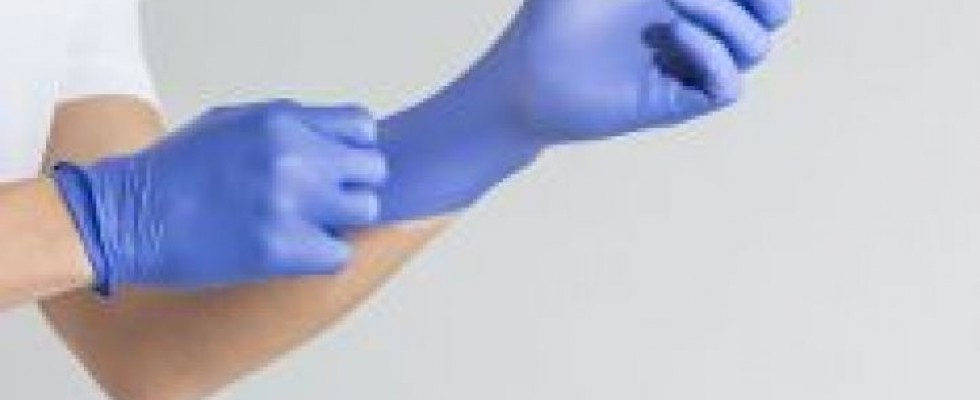
Acute and chronic wounds are a growing health care concern, driven by aging populations and the increasing prevalence of chronic conditions such as diabetes and obesity.
Home health agencies bear a burden of care for acute and chronic wounds, with more than a third of home health care patients requiring treatment for wounds. One study has found that looking after a wound can take up to 50 percent of care resources provided in the home. As the burden of care grows, so too come opportunities for providers.
Issues Around Monitoring Wounds in Home Health
As the incidence of chronic wounds continues to rise over the next decade at an expected rate of 2 percent annually, home health agencies face significant clinical, administrative and financial challenges, such as the six outlined below:
1. Inaccurate wound measurement.
Accurate measurement data enables proper wound diagnosis and treatment, yet the commonly used ruler method for measuring and tracking wounds often yields imprecise results. As a result, wounds can take longer to heal, requiring more provider visits per episode of care and restricting an agency’s ability to schedule more patients. This cuts into profits and reduces potential to grow revenue.
2. Inaccurate and incomplete documentation.
Hand-written documents with imprecise measurement techniques are often inaccurate and incomplete—a challenge that’s compounded when workers with little training in wound care are tasked with documenting wounds. Beyond the impact on patient outcomes, inaccurate wound records can lead to reimbursement claim denials.
3. Time-consuming workflows.
The traditional methods for measuring and documenting wounds at the point of care can consume a significant amount of a nurse’s time at the bedside, and at the end of the shift, the nurse still needs to enter wound information into the electronic health record system, adding some three hours to a 12-hour workday.
4. Lack of direct oversight to enforce care protocols.
Home health nurses work independently in the field, making it hard for agencies to enforce compliance around wound care protocols and best practices. This is a significant challenge for agencies, given the greater focus on wounds in home health quality measures. These are metrics that can affect new patient sign-ups and referrals.
5. Lack of wound expertise.
Hospitals have introduced protocols for early discharge after major surgery in the wake of Medicare’s transition to bundled payments and episodes of care. Many of these discharged patients who end up in home health care have complex wounds, or have wounds that are at risk of infection. This presents a challenge for home health clinicians with little training in complex wound care.
6. High risk of litigation.
Wounds are among the leading causes of medical malpractice lawsuits, with pressure injuries ranking second among the top causes of litigation. As the incidence of chronic wounds continues to rise, home health agencies face higher risks of litigation.
Digital Tools in Wound Care Management
New advances in digital wound management technology can automate the entire wound care management workflow—from image capture and risk scoring to claims submission.
These digital tools address the many challenges of wound care management. Digital wound management technology may measure and document wounds more accurately and faster than the standard ruler method to improve patient experience and outcomes, and it may help to reduce extra nurse visits per episode of care.
Efficient workflow and automatic data capture help ensure complete and accurate information for better treatment planning and care management, and successful reimbursement of claims.
A seamless flow of data also eliminates the need for nurses to stay post-shift to transfer wound assessment information from paper to computer.
A smartphone app makes capturing wound care information as simple as taking a photo. Wound care best practices are followed by integrating care protocols into the app and alerting home health administrators to wounds that need advanced care.
Dashboards provide secure access to real-time information, including flagged wounds. This makes it easy to consult and share information with a physician, wound care expert or skilled nurse. This information also enables home health agencies to be proactive when post-surgery patients are sent home with complex wounds, or when an existing patient develops a wound.
An estimated 35 to 40 percent of pressure injury lawsuits are considered indefensible due to inconsistent or poor documentation on the part of the home health agency. Accurate and complete wound care information gives agencies a more robust response to malpractice lawsuits.
Conclusion
Delivering accurate measurements of wounds and streamlining clinical and administrative workflows for wound care management are critical to saving time and money and preventing infections for home health agencies.
A digital app can address the key challenges of wound care management in home health. With the right technology, home health agencies can be well-equipped to tackle this growing health care concern.
